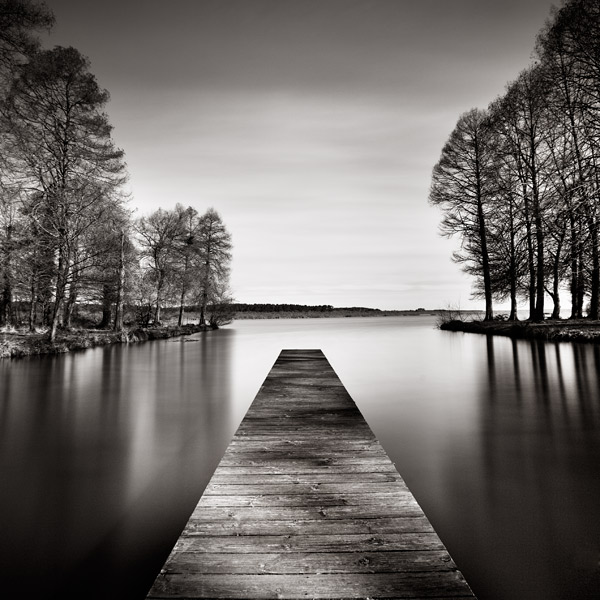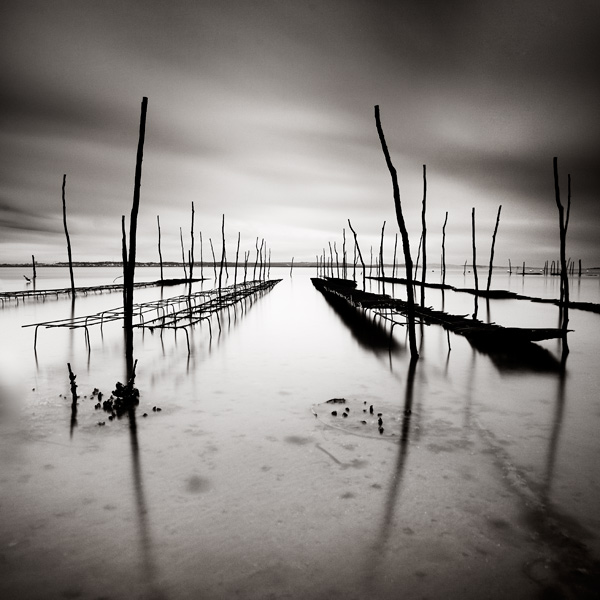Field of view refers to the angle of the image seen by the lens. A standard lens is meant to give around the same field of view as the human eye. Field of view is tightly related to focal length.
Focal length determines how much the lens alters the scene in terms of angle of view and magnification. Lower number focal lengths (such as 28mm) show a wider view, while higher number focal lengths (such as 300mm) magnify to parts of the scene.
Focal length determines how much the lens alters the scene in terms of angle of view and magnification. Lower number focal lengths (such as 28mm) show a wider view, while higher number focal lengths (such as 300mm) magnify to parts of the scene.
Wide angle lens
Lenses with a low number focal length are called wide angle lenses, because they show a wide angle of view of the scene in front of you. They have a shorter focal length than a standard lens. They distort the image by pushing the distance away and increasing the amount of foreground. They also make closer objects seem much bigger than those in the background.
Wide angle lenses are useful for shooting interior spaces to give more depth to the image.
Standard lens
Standard lenses give a natural looking image that resembles what the human eye sees. They are best used when an accurate representation of a subject is needed.
Telephoto lens
Telephoto lenses compress the perspective and bring the distance a lot closer. They allow you to select a small section to photograph. Sports photographers and paparazzi swear by them!



































